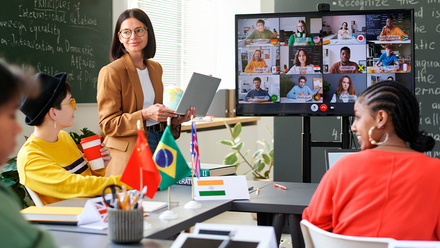Teaching and learning in the international classroom: quality principles and lessons learned from the IntlUni project

As higher education in Europe becomes increasingly internationalised, many higher education institutions are facing new diversity issues as well as opportunities arising from educational settings where students and teachers often have different first languages, cultural backgrounds, and expectations about the teaching and learning processes and outcomes. Certainly, many teachers in these settings are meeting the challenges of this diversity, and some are leveraging it to improve student learning and intercultural competence. Nevertheless, the work of IntlUni, an Erasmus Academic Network (2012–2015), has shown that many teachers – and ultimately their students – would benefit greatly from more systematic and principled approaches to the challenges and opportunities of the international classroom. This chapter presents a framework for approaching international diversity in the shape of a set of principles for quality teaching and learning in the international classroom, developed by the network, as well as a number of the important lessons learned.
This article was published in Issue 3, 2015 of the Internationalisation of Higher Education, an EAIE Handbook. From 2011–2015, the EAIE was the Editor of Internationalisation of Higher Education Handbook, published by Raabe Academic Publishers (Berlin). The EAIE holds joint copyright of all 2015 articles with DUZ Verlags- und Medienhaus GmbH.
— Authors: Karen M. Lauridsen and Stacey M. Cozart






